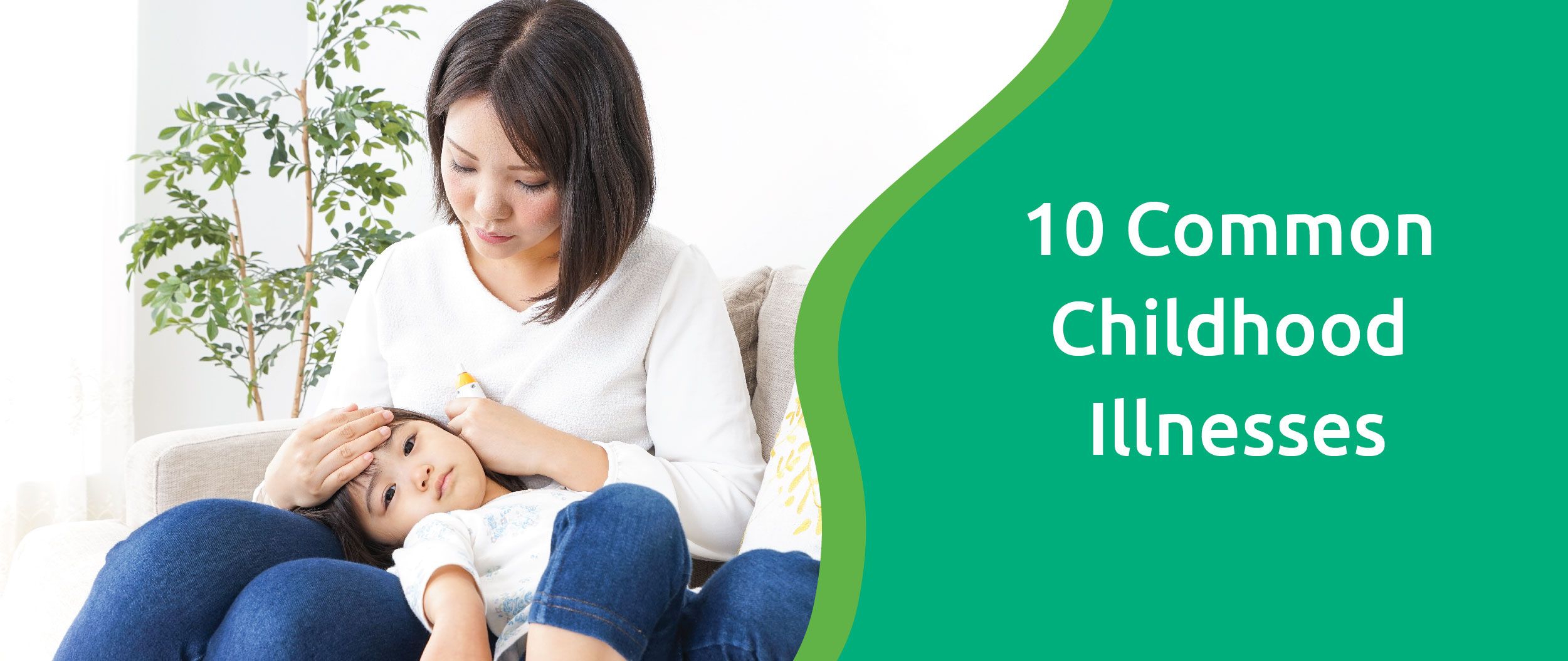10 Common Childhood Illnesses
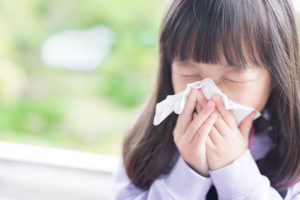
Common Cold
The Common Cold is a viral infection of the upper respiratory tract. It is easily spread via air droplets in crowded places or through close contact with an infected person. Children in childcare centres are twice as likely to catch the virus, especially toddlers who have a habit of wiping their nasal secretions and touching others or coughing into each other’s face.
Signs and symptoms
- Fever, cough, running or blocked nose and sore throat
- The child may eat or drink poorly and have difficulty sleeping due to cough and blocked nose.
How do you prevent the Common Cold?
Good and responsible hygiene practices can help to prevent the spread of viruses.
- Both child and caregiver should frequently wash their hands with soap
- Teach the child to cover his or her mouth with tissue paper when coughing or sneezing
- Avoid sending the sick child to pre-school or childcare centre
When should you seek medical attention?
It is advisable to seek medical attention if the child’s condition is as follows:
- Has fever for more than 4-5 days
- Worsening cough
- Difficulty in sleeping, drinking milk or eating
- Has trouble breathing or noisy breathing
- Appears lethargic
Why you don’t need antibiotics for your child’s cold? Read more here!
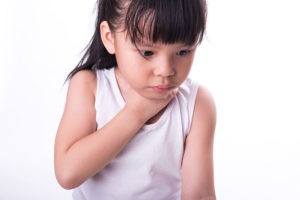
Sore Throat
Sore throats are common in children and can be painful. However, a sore throat that is caused by a virus does not need antibiotics. In those cases, no specific medicine is required, and your child should get better in seven to ten days.
What should you do?
The best way to care for a sore throat caused by a virus is to keep your child comfortable and making sure they get plenty of fluids and rest. Your paediatrician may recommend painkillers to relieve the fever and pain.
How do you prevent sore throats?
The viruses and bacteria that cause a sore throat are passed from person to person through droplets of moisture in the air (from a sneeze or cough) or on the hands of someone who is infected. The illnesses may spread through schools and child care centers. One challenge for prevention is that people are often most contagious before they even begin to have symptoms.
You can reduce the risk of your child getting such viruses by doing the following
- Washing hands regularly and before eating
- Covering coughs and sneezes with a tissue or upper arm (rather than hand)
- Cleaning toys
- Not sharing eating utensils or drinking cups
When should you seek medical attention?
- If your child complains of a sore throat that does not improve over the course of the day―especially after drinking water―you should call your pediatrician.
- Especially in the event of a fever, headache, stomachache, drooling (because it hurts to swallow), or signs of dehydration.
Your child’s paediatrician may want him or her to come in for to determine if a strep test is needed.
If your child tests negative for strep throat or if your paediatrician does not think your child needs a throat swab, that is great news. Your child most likely has a virus that will get better with time. However, if his or her symptoms don’t get better after 3 to 5 days, or if they develop other symptoms such as an earache or a new fever, he or she should see the paediatrician again to determine if more tests are needed.

Stomach Flu (Gastroenteritis)
Stomach Flu sometimes tends to be confused with food poisoning, but though they may have similar symptoms, it is important to understand the difference between the two. This week’s article gives us more information on Stomach Flu.
Stomach flu, or Gastroenteritis – refers to an infection in the gut, causing inflammation of the stomach and intestines. It is commonly caused by a virus and is spread through contaminated food, poor hand hygiene or close contact with someone having the illness. As such, it can spread rapidly in a childcare setting.
Signs and symptoms
- Vomiting for about 6 to 24 hours
- Loose or watery stools for 2 to 4 days (Occasionally, the diarrhoea may go on for 10 to 14 days)
- Fever, tummy ache and loss of appetite.
Infection by a virus is usually mild and does not last longer than 1 week.
What should you do?
Parents and caregivers can take the following steps to help in the child’s recovery:
- Rehydrate the child with small frequent sips of oral rehydration solution
- Give medicine to relieve the child’s fever (This may help the child to feel more comfortable and thus sleep and eat better)
- Provide probiotics to shorten the duration of diarrhoea (Avoid medicines that stop the diarrhoea like charcoal, lomotil or kaolin)
Vomiting and diarrhoea are the body’s way of getting rid of an infection or telling us that something is wrong. Nursing mothers can continue to breastfeed their child. It is not necessary to change the baby’s milk formula in the first few days of diarrhoea.
How do you prevent Stomach Flu?
Teach your child to:
- Wash hands before eating
- Avoid putting hands or toys into the mouth
- Not to share utensils with others
Caregivers and parents can:
- Ensure proper sterilisation of milk bottle and teat for infant
- Practice proper hygiene when mother is breastfeeding
- Wash hands thoroughly in between, if taking care of more than one baby
When should you seek medical attention?
See a doctor if the sick child has any of the following warning signs:
- Not willing to drink or unable to keep any fluid down
- Vomiting often for more than 4 to 6 hours
- Appear lethargic
- Having tummy ache that is severe and does not stop, typically accompanied by persistent crying.
- Changing less than 4 wet (with urine) diapers in 1 day
- Throwing out green vomitus
- Having blood in the vomitus or diarrhoea
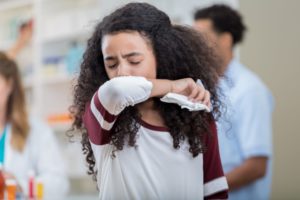
Cough
One of the most common illnesses children get is a cough. The most common cause of cough is a respiratory tract infection, such as a cold. Young children usually have six to 12 respiratory tract infections per year, usually caused by viruses.
Antibiotics don’t help with coughs caused by viruses. Sometimes, children may cough for many weeks after a viral infection – this is called a post-viral cough and, again, antibiotics are usually no help.
Occasionally a cough may be caused by a bacterial infection in the throat or chest. In these cases, antibiotics may be prescribed by your doctor to treat a bacterial infection.
When should you seek medical attention?
If your child seems unwell and you are concerned, it is a good idea to take them to your GP. The doctor will check your child for other causes of cough.
If your child has a high fever, difficulty breathing, is not drinking very much or has fewer wet nappies than usual, take them to see the doctor.
Some post-viral coughs may be present for many weeks after your child has recovered from the respiratory tract infection, for example, after bronchiolitis. This is normal. If the cough lasts for many weeks and you are worried, you may speak with your paediatrician to ask for advice.
A wet sounding cough, or a cough with phlegm, that casts for four or more weeks as this type of cough could have other causes.
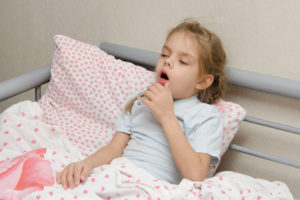
Bronchiolitis & Bronchitis (causes Wheezing)
Bronchiolitis and Bronchitis are two infections of the lungs that have common symptoms such as coughing, slight fever, and wheezing.
Wheezing is caused by the narrowing of the bronchioles or small airways in the lung. This narrowing results from inflammation (swelling) caused by several viruses, usually the Respiratory Syncytial Virus (RSV). As the airways swell, air supply to the lungs is restricted, making breathing difficult.
Signs and symptoms
- Fever, cough and running nose
- Wheezing (commonly noticed by parents as noisy breathing) is a high-pitched whistling sound produced during breathing out.
- Rapid breathing (>40 breath per minute) with chest retraction
The wheezing and tight breathing may worsen for 2-3 days and then begin to improve. The wheezing may last more than 7 days and the cough more than 14 days. Children with bronchiolitis and Bronchitis do not usually need to be hospitalised unless they need oxygen or intravenous fluids.
What should you do?
Caregivers and parents can:
- Manage the child’s fever with acetaminophen when necessary
- Maintain adequate hydration with small frequent feeding
- Use nasal wash if the child’s nose is blocked. Gentle nasal suction may be helpful too
- Disallow anyone in the house to smoke
How do you prevent Bronchiolitis & Bronchitis?
This is a contagious disease spread by sneezing, coughing or hand-to-nose contact. As such, it is advisable to:
- Avoid crowded places to lower the risk of catching or spreading the virus
- Do not send the child to the childcare centre when he or she is still coughing
When should you seek medical attention?
Bring your child to a doctor if you observe the following:
- Cough is getting worse
- Breathing becomes laboured or difficult
- Breathing becomes faster than 60 breaths/minute (when the child is not crying)
- Become irritable, lethargic or refuses to feed
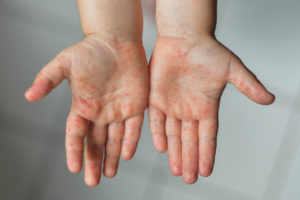
Hand-Food-Mouth Disease (HFMD)
HFMD is a viral infection that is highly contagious and usually begins in the throat. The common causes of HFMD are the Coxsackie Virus A16 and Enterovirus 71. Children below 5 years old are particularly susceptible. These viruses spread via direct contact with the nose and throat discharges, saliva, fluid from blisters and stools of the infected child.
It can also spread via contact with toys, books or clothes used by the infected child. Children in crowded places like childcare centres and kindergartens are at higher risk of catching the disease.
Signs and symptoms
- Fever, sore throat, drooling, loss of appetite, oral ulcers and rashes
- Erpangina (a similar condition but without the skin rashes) can also be managed in the same way as HFMD.
What should you do?
Parents and caregivers can help in the following ways:
- Give the child fever medicine to reduce his or her discomfort caused by the oral ulcers
- Maintain adequate hydration by giving the child frequent small amounts of fluid
- Keep the child at home to prevent spread of the virus
Parents are advised to consult a doctor if they suspect their child has HFMD. Usually doctors will issue the afflicted child with a medical certificate for a week. Childcare centres will ask for a fitness letter from a doctor before the child returns to the centre.
How do you prevent HFMD?
Presently, there is no vaccine to prevent HFMD.
Some preventive measures are:
- Practicing good hygiene including hand washing
- Shared toys should be routinely cleaned with disinfectant because the viruses can live on objects for several days
When should you seek medical attention?
Parents should seek immediate medical attention if their child shows signs of dehydration or complications.
Signs of dehydration:
- Lethargy
- Reduced urine output of less than 4 wet diapers in a day
Signs of complications:
- Drowsiness or extreme irritability
- Seizures
- Breathlessness
- Pallor

Eczema
About 1 in 10 children are likely to get eczema, resulting in sensitive and irritated skin. If your child suffers from eczema, it is important to know what you can do to relieve the symptoms.
Eczema is a skin condition that often starts in early infancy. It is characterised by dry, red and itchy skin. It can get worse from time to time and subside as they get older.
It is usually a long-term condition which affects about 10-20% of children. However, it can improve significantly in some children as they get older.
Signs and symptoms
In younger children below 2 years old, eczema tends to start on the face, scalp, neck and body. In older children, eczema can appear in the creases of the elbows and knees as well as the wrists, ankles and buttocks. It tends to worsen during illnesses like a cough or a cold, in hot weather or dusty environment.
Itchy skin is the main sign of eczema. This causes them to scratch and rub the affected areas, which breaks the skin, and increases the risk of skin infection.
What should you do?
There is no cure for eczema, but the following measures can relieve itching and prevent new outbreaks.
- Use a cleanser that is mild and gentle on the skin
- Use moisturizer liberally and frequently on the affected areas
- Bathing time should be short and with lukewarm water, and followed soon by moisturizer application
- Maintain comfortable levels of air humidity and temperature in your home
The doctor or paediatrician may prescribe a steroid-based cream for severe flare-ups of eczema.
How do you prevent Eczema?
Though the exact cause of eczema is unknown, you can prevent flare-ups by doing the following:
- Discourage scratching by using mittens in young babies and keeping fingernails trimmed
- Avoid using harsh detergents and cleansers
- Avoiding allergens like house dust mites or substances known to worsen the condition
Ways to reduce house dust mites include:
- Avoid keeping plush toys
- Washing bedding sheets in warm (>60°C) water weekly
- Cleaning the air conditioner filter weekly
When should you seek medical attention?
- If the child’s eczema worsens despite intensive moisturising
- When there are suggestions of secondary skin infection like intensive redness and itch, yellow discharge from the skin, fever and swelling around the site.
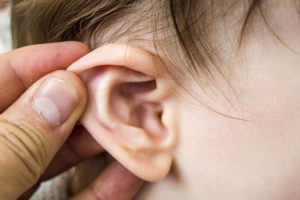
Ear Infection
Ear infection is common in children, and can present in different ways, including middle ear infection (otitis media), swimmer’s ear (infection of the skin in the ear canal), cold or sinus infection leading to pain in the ear.
Signs and Symptoms
- Tugging or pulling at the ear(s)
- Child is fussing and crying
- Trouble sleeping
- Fever (especially in infants and younger children)
- Fluid in the ear
When should you see a paediatrician?
If your child is showing signs of an ear infection as listed above, call your doctor for advice. Many ear infections are caused by viruses and do not require antibiotics. If your pediatrician suspects your child’s ear infection may be from a virus, he or she will talk with you about the best ways to help relieve your child’s ear pain until the virus runs its course.
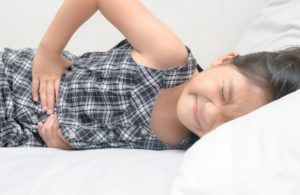
Urinary Tract Infection (UTI)
Bladder infections, also called urinary tract infections or UTIs, occur when bacteria build up in the urinary tract. A UTI can be found in children from infancy through the teen years and into adulthood.
Signs and Symptoms
- Fever
- Pain or burning during urination
- The need to urinate frequently or urgently, bedwetting or accidents by a child who knows to use the toilet
- Abdominal pain, or side or back pain
- Foul-smelling urine
- Cloudy or bloody urine
- Unexplained and persistent irritability in an infant
- Poor growth in an infant
Your child’s doctor will need a urine sample to test for a UTI before determining treatment. Your doctor may adjust the treatment depending on which bacteria is found in your child’s urine.
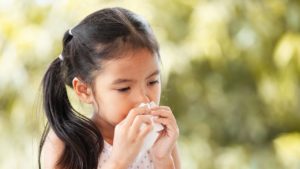
Bacterial Sinusitis
The sinuses are four sets of hollow spaces located in the cheekbones, forehead, between the eyes, and behind the eyes and nasal passages. When these sinuses get infected and swell or become irritated, this is called sinusitis (or a sinus infection).
When someone has a cold or allergies and the nasal passages become swollen and make more mucus, so do the sinus tissues. If they can’t drain, the sinuses can get blocked and mucus can become trapped in them. Germs can grow there and lead to sinusitis. These infections usually follow colds or bouts with allergies. Sinusitis is common and easy to treat.
Signs and Symptoms
Younger children often have present with cold-like symptoms, including a stuffy or runny nose, and slight fever.
If your child develops a fever 5–7 days after cold symptoms begin, it could signal sinusitis or another infection (like bronchitis, pneumonia, or an ear infection), so call your doctor.
Cold-related headaches in young kids are usually not sinus infections. This is because the sinuses in the forehead do not start developing until children are 9-12 years old and do not form enough to get infected until the early teen years.
In older children, common sinusitis symptoms include:
- a cough that doesn’t improve after the first 7 days of cold symptoms
- fever
- worsening congestion
- bad breath
- dental pain
- ear pain
- tenderness in the face
When should I seek medical attention?
Call your doctor if your child shows the following symptoms
- a cold that lasts for more than 7–10 days without improvement
- a cold that seems to be getting worse after 7 days of symptoms
- symptoms of allergies that do not clear with the usual allergy medicine
Also call if your child shows any other signs of worsening sinusitis, such as:
- pain or pressure in the cheeks or around the eyes
- swelling around the eye(s)
- fever
- a cold that seems worse than usual and is not clearing up




